I'm creating a simplified 2D model of 3 three-winding 132/22 kV, 40 MVA transformers that I'll use to calculate the magnetic field surrounding them.
Now, the turn ratio is of course 132/22, but is there a typical number of turns for such a transformer? Is it 132/22, 264/44, 1320/220, 13200/2200?
I realize this will vary, but does anyone have real-life examples where the number of turns is known? This can be from datasheets, test reports or simple experience.
J&P's transformer book says this (page 23):
Consider, for example, a transformer used to step down the 132 kV grid system voltage to 33 kV. At times of light system load when the 132 kV system might be operating at 132 kV plus 10%, to provide the nominal voltage of 33 kV on the low-voltage side would require the high-voltage winding to have a tapping for plus 10% volts. At times of high system load when the 132 kV system voltage has fallen to nominal it might be desirable to provide a voltage higher than 33 kV on the low-voltage side to allow for the regulation which will take place on the 33 kV system as well as the regulation internal to the transformer. In order to provide the facility to output a voltage of up to 10% above nominal with nominal voltage applied to the high-voltage winding and allow for up to 5% regulation occurring within the transformer would require that a tapping be provided on the high-voltage winding at about -13%. Thus the volts per turn within the transformer will be: 100/87 = 1.15 approx. so that the 33 kV system voltage will be boosted overall by the required 15%.
On page 331 we have:
[...] even in quite large transformers, the volts per turn is rarely more than 200, and on many occasions considerably less.
And this on page 136:
The frame size used depends on the rating of the transformer but, since, as the rating increases the voltage class also tends to increase, the volts per turn usually gives an LV winding with a hundred or so turns and an HV winding with a thousand or more.
